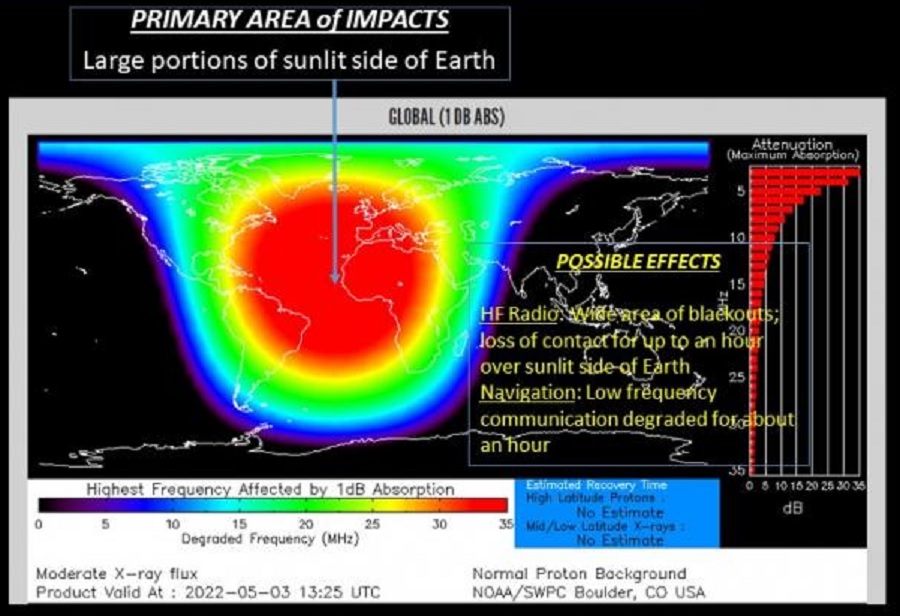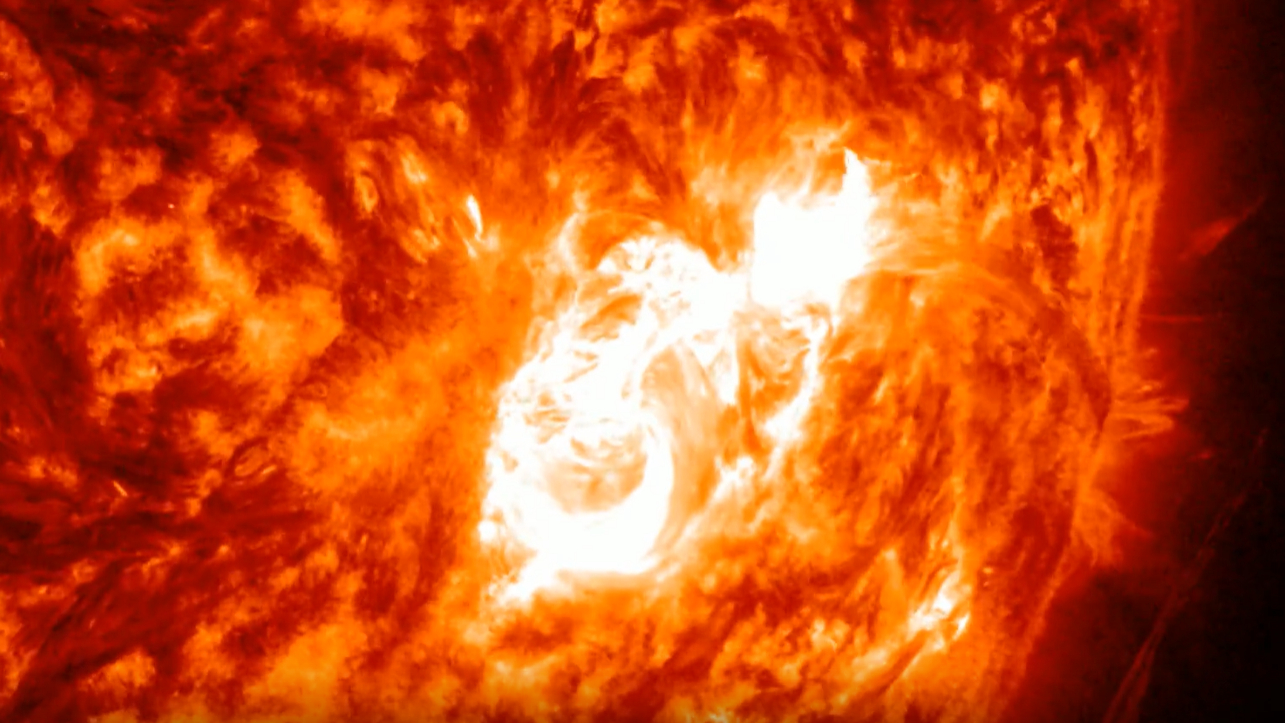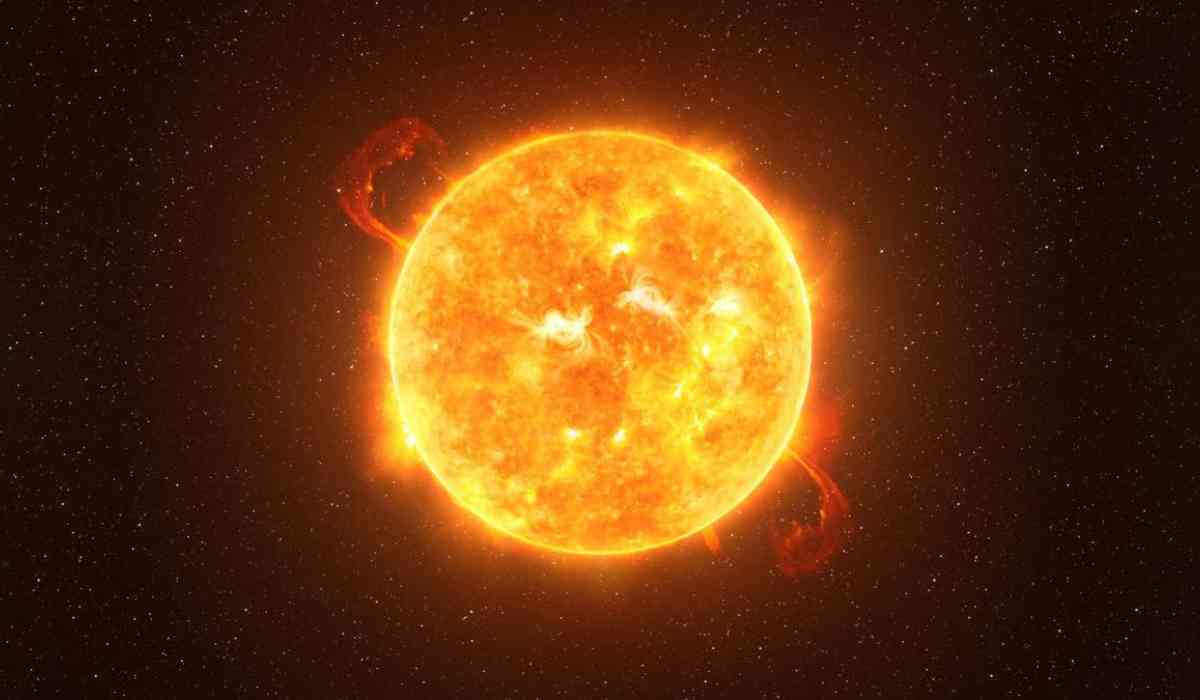After a brief respite, the Sun has resumed its fiery antics, sending waves of disruption across Earth. On July 14th, sunspot AR3738 erupted with an X1.2-class solar flare at precisely 2:35 UT (8:05 am IST), an event documented by spaceweather.com. This dramatic cosmic outburst was captured in vivid detail by NASA's Solar Dynamics Observatory, showcasing an intense ultraviolet flash. The aftermath? An ionized upper atmosphere triggered a shortwave radio blackout, plunging Australia, Southeast Asia, and Japan into silence for a tense 30 minutes. Mariners and ham radio operators were left in the dark, quite literally, as all frequencies below 25 MHz vanished from the airwaves.
Despite the flare's ferocity, there’s a silver lining—no coronal mass ejections (CMEs) were detected. The explosion's brevity likely spared us from a more catastrophic outcome. Nevertheless, sunspot AR3738 is not to be underestimated. Boasting a 'beta-gamma-delta' magnetic field, this sunspot remains a ticking time bomb, with the potential to unleash more X-class flares in the coming days.

Forecast By Space Weather Experts
Enter Dr. Tamitha Skov, a solar weather expert with a penchant for predicting these fiery temper tantrums. Her latest forecast paints a picture of sustained solar activity. According to Dr. Skov, fast solar winds from a small coronal hole will soon enter Earth's strike zone, potentially igniting mild aurora displays, particularly at higher latitudes. But the real concern lies with Sunspot AR3738. Rapidly growing, it holds the potential for further significant flares. While it has only caused R1-level radio blackouts thus far, amateur radio operators remain on edge, bracing for more interruptions. Another active region lurking on the sun's farside could soon make its grand entrance, adding to the solar spectacle and further threatening our radio communications.
Impact on Radio Communications and GPS
The Sun's temper tantrums extend beyond radio blackouts. Solar flares wreak havoc on the ionosphere, leading to GPS inaccuracies that can throw navigation and timing off-kilter. Space experts caution GPS users to stay vigilant for signal disruptions, especially near dawn and dusk or in aurora-prone areas.

As the Sun inches closer to its solar maximum in 2025, these celestial fireworks are becoming a weekly occurrence. Sunspots, solar flares, and CMEs are rising, underscoring the importance of monitoring and understanding these phenomena. Our satellites, power grids, and communication networks hang in the balance, vulnerable to the Sun's whims. Thankfully, NASA's Solar Dynamics Observatory, tirelessly observing the Sun since 2010, remains our vigilant sentinel in the sky, helping us brace for and navigate these solar storms.
So, next time your radio or GPS goes haywire, remember—it’s not just bad luck. It’s the Sun reminding us who’s really in charge.
Inputs by Agencies
Image Source: X(multiple sources)
Ⓒ Copyright 2024. All Rights Reserved Powered by Vygr Media.
























